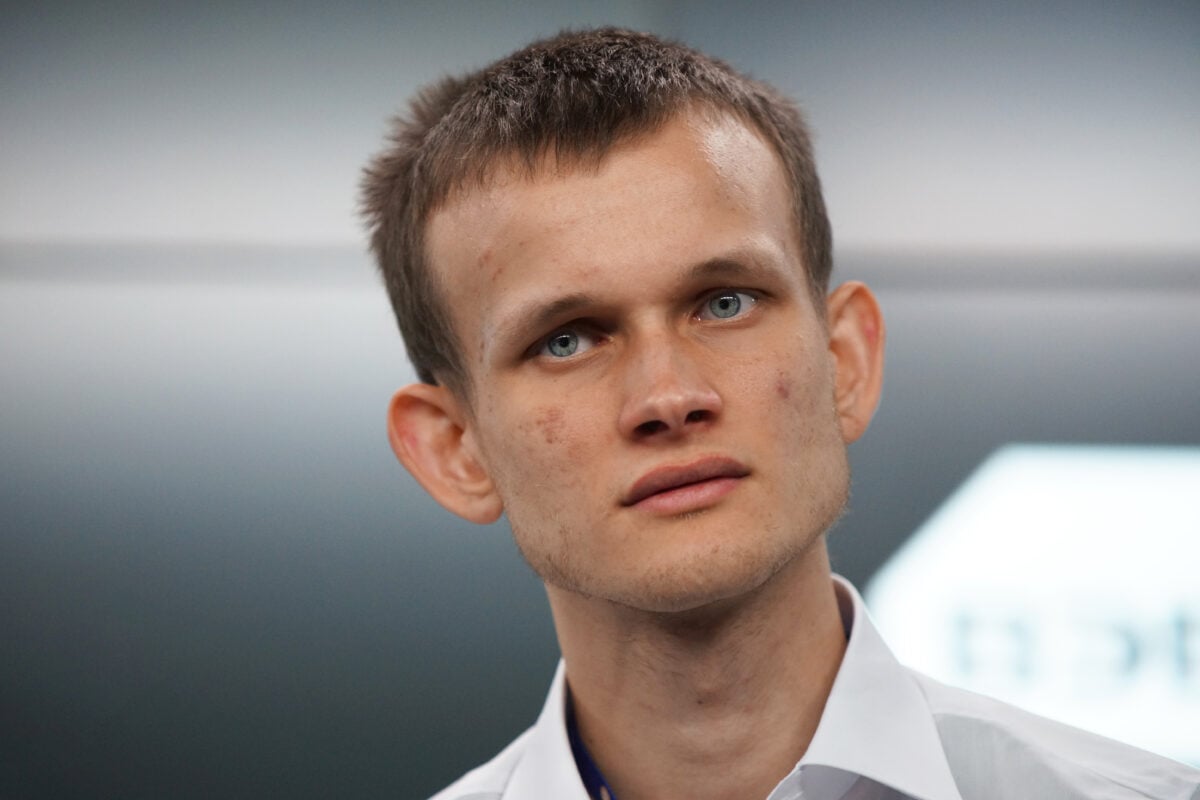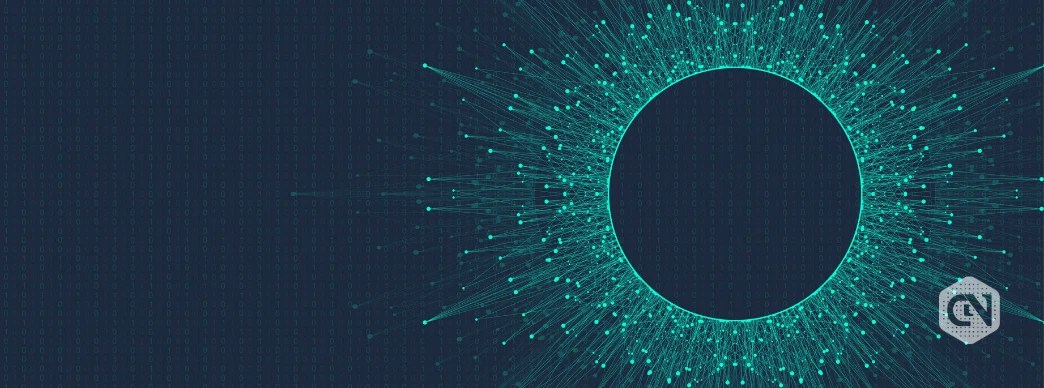Topline
Nearly a dozen states in the northern U.S. could have a chance to observe the northern lights on Thursday, as some geomagnetic storms are expected to bring the phenomenon farther south, according to the National Oceanic and Atmospheric Administration.
Some geomagnetic storms are expected to persist into early Friday morning.
Lehtikuva/AFP via Getty Images
Key Facts
NOAA forecast a Kp index of four on a scale of nine for Thursday night, suggesting the northern lights could be seen as far south as Minnesota’s border with Iowa.
Thursday night’s auroral forecast follows a period of geomagnetic storms late Wednesday and early Thursday morning, increasing the forecast’s kp index to nearly seven amid the effects of high-speed winds from a cooler, less dense spot on the sun’s surface.
Minor geomagnetic storming is likely to persist into early Friday morning, and similar auroral activity is expected Friday night, according to NOAA’s three-day outlook.
Where Will The Northern Lights Be Visible?
A higher chance of viewing the northern lights is forecast across northern Canada and Alaska, where the phenomenon may become visible once the sun sets in the state. A lesser, yet still possible likelihood of viewing aurora borealis is forecast in parts of Washington, Idaho, Montana, North Dakota, South Dakota, Minnesota, Wisconsin, Michigan and Maine. (See map below.)
Thursday’s view line.
NOAA
What’s The Best Way To See The Northern Lights?
The northern lights are best seen throughout the winter months as the sun sets earlier in the day, though they can be viewed year-round, depending on solar activity. NOAA recommends traveling to a north-facing, high vantage point away from light pollution sometime between 10 p.m. and 2 a.m. for observation.
What’s The Best Way To Photograph The Northern Lights?
Photography experts have recommended using a wide-angle lens, an aperture or F-stop of four or less and a focus set to the furthest possible setting. With a smartphone, NOAA suggests relying on a tripod to stabilize the image, while also enabling night mode and disabling flash.
Key Background
An uptick in auroral activity is expected to persist into early 2026, according to NOAA and NASA. This comes as activity on the sun’s surface achieved a “solar maximum,” a point occurring periodically in the sun’s 11-year cycle that marks an increase in solar events like solar flares and coronal mass ejections. Electrons from these events collide with molecules of oxygen and nitrogen in the Earth’s atmosphere, producing the northern lights in the night sky as they become “excited” before releasing energy in the form of swirling lights.
Further Reading
Source: https://www.forbes.com/sites/tylerroush/2025/10/02/northern-lights-forecast-heres-where-aurora-borealis-may-appear-tonight-amid-geomagnetic-storms/


